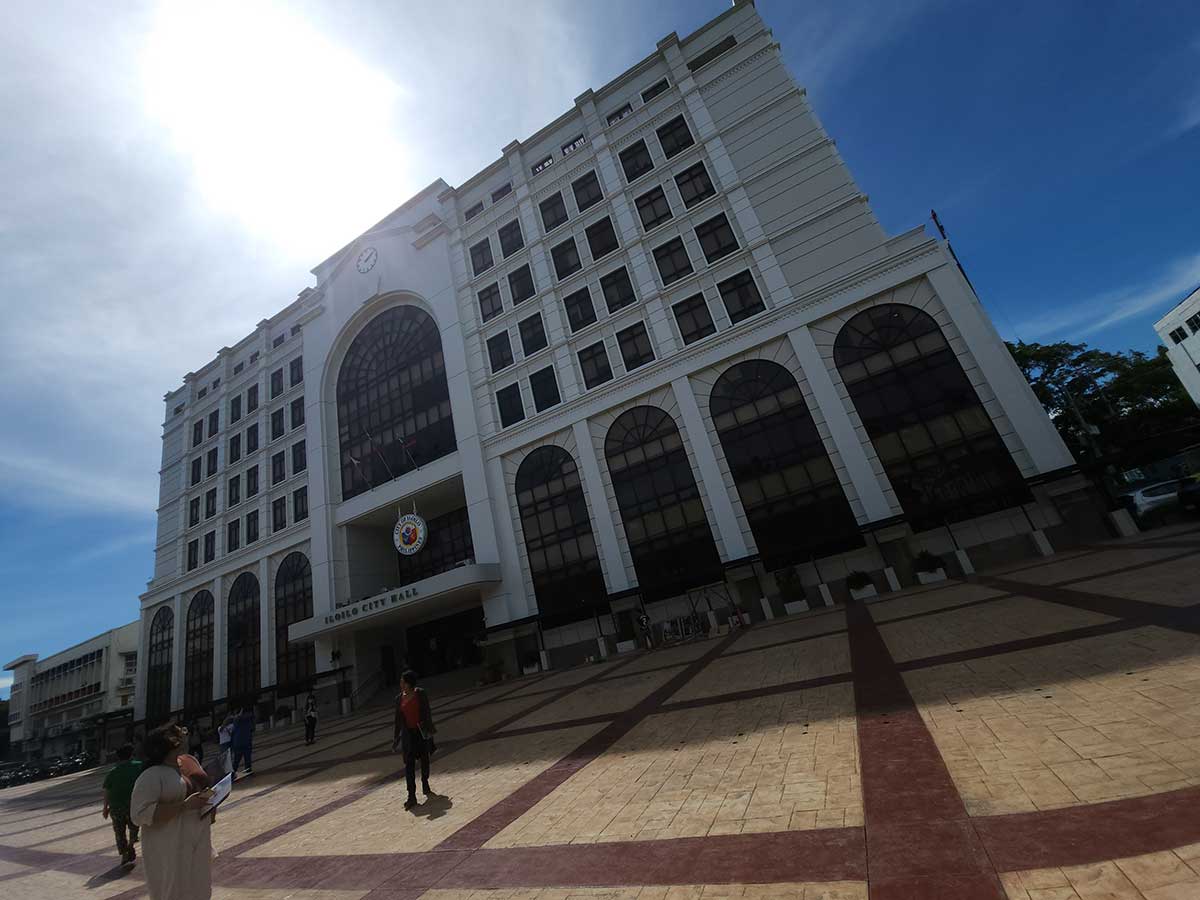
By Joseph Bernard A. Marzan
The Iloilo City government on Friday, April 5, decided against declaring a state of calamity in response to the ongoing El Niño phenomenon, despite it prompting a week-long class suspension and causing agricultural devastation in neighboring areas.
Mayor Jerry Treñas, however, has not ruled out such a declaration, acknowledging its possibility on Saturday, April 6.
Following a special City Disaster Risk Reduction and Management Council (CDRRMC) meeting, Neil Ravena, head of the City Environment and Natural Resources Office (CENRO), announced the decision to forgo a state of calamity for the time being.
The CDRA pointed to effective coping mechanisms already in place within the 25 most-affected barangays.
These barangays, spanning across several districts, have been utilizing various water sourcing strategies, including stocking water supplied by Metro Pacific Iloilo Water (MPIW), buying water, and utilizing existing wells.
The 25 barangays comprise 3 in Arevalo district (Calaparan, Santo Domingo, and So-oc); 7 in City Proper (Ortiz, Rima Rizal, Rizal Pala-pala 1, San Jose, Veterans Village, and Zamora Melliza); 8 in Jaro district (Balantang, Bito-on, Buntatala, Camalig, Lanit, Tabuc Suba, Tacas, and Tagbak); 5 in La Paz district (Baldoza, Banuyao, Hinactacan, San Isidro, and Ticud); and 2 in Mandurriao district (Navais and Tabucan).
Despite the CDRA revealing that the affected population had met the “30 percent affected” threshold for calamity declaration, the CDRRMC elected to enhance risk management measures, recalling tourist booking cancellations after a similar declaration for a whooping cough outbreak.
“We decided the CDRRMO’s option to manage the risk and the situation. CENRO will closely monitor what is happening now and the severity of the drought. That was the unanimous decision of the [CDRRMC],” Ravena said during a press interview.
The CDRRMC’s recommendations include:
- Prioritizing highly vulnerable barangays in water distribution;
- Deployment of water tanks for equitable distribution, water rationing, community advocacy on water conservation, and co-management/sharing of resources;
- Procuring additional water tanks and construction of rainwater harvesting facilities;
- Appealing to the private sector on co-sharing of resources/management by consensus; and
- Tapping on the corporate social responsibility of water suppliers.
Yet, on Saturday, Mayor Treñas indicated plans for another CDRRMC meeting to further explore the declaration. Such a measure would facilitate additional water procurement from local utilities like MPIW.
He said that both water utilities, as well as hotels, condominium buildings, subdivisions, convention centers, and meetings, incentives, conventions, and exhibitions (MICE) facilities, reported to the city government that they continued to have stable water supply.
The mayor also explained that the CDRRMC on Friday was merely “asking for time for further study and checking if water is available for us to procure.”
The MPIW’s most recent water supply advisory as of 2:00 pm of April 4 indicated that the water level in the Maasin Dam was at 93.79 meters above sea level (MASL) and their bulk water supply was at 67.159 million liters per day (MLD).
These figures were below the normal operational level of 94.85 MASL and 71 MLD, and are also close to the critical levels of 93.60 MASL and 65 MLD.




















